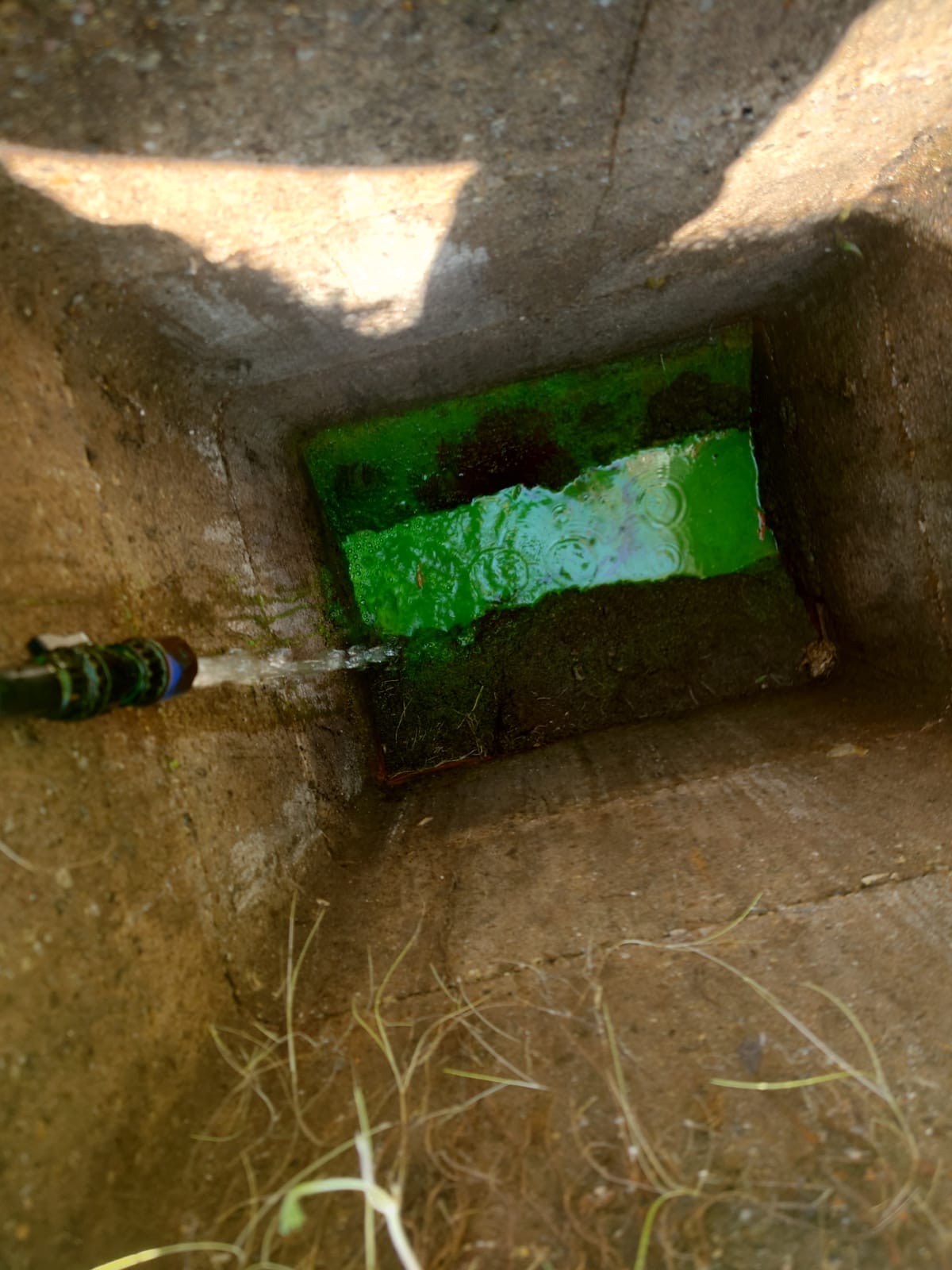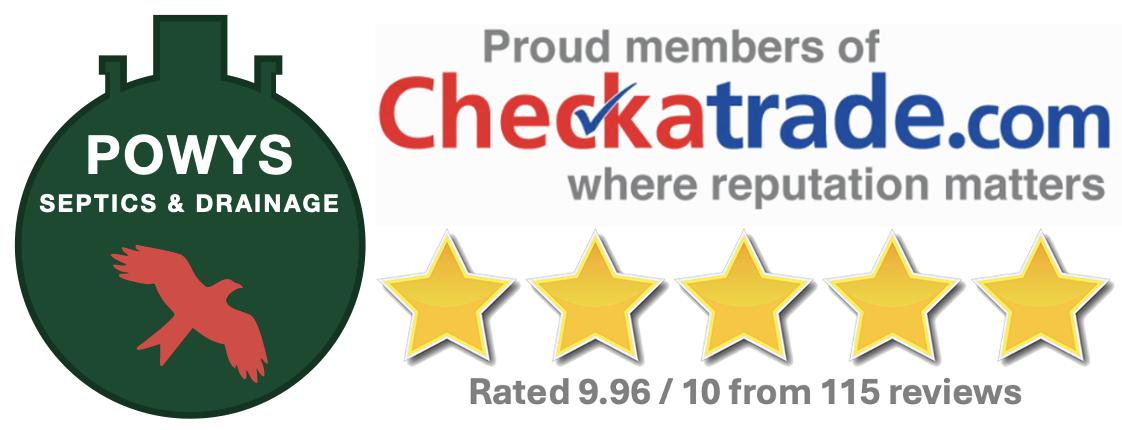Binding Rules Compliance Surveys
Make sure that your system is compliant now!

Septic Tank Regulations
2015 General Binding Rules Compliance Surveys
- Fast and Reliable Service
- Transparent Pricing
- 24/7 Emergency
- Maintenance Contracts Available
- CheckaTrade rating 9.96 / 10
- High-Quality Workmanship
- Comprehensive Solutions
- Locally Owned and Operated
- Card Payments Accepted
- Knowledge of Binding Rules
Here are the rules in more detail:
The general binding rules
You must follow the general binding rules if you’re the operator of a septic tank or small sewage treatment plant.
The sewage must:
- be domestic in nature, for example from a toilet, bathroom, shower or kitchen of a house, flat or business (such as a pub, hotel or office) – contact the Environment Agency if you’re not sure if the sewage is domestic in nature
- not cause pollution – find out how to check for pollution
There are other rules depending on whether you’re releasing this sewage:
- to the ground, for example in your back garden
- to a surface water, for example a river or stream
Ask your local installation or maintenance company if you’re not sure what sort of system you have.
Releasing to the ground
You must use a septic tank or a small sewage treatment plant and a drainage field (infiltration system).
You must apply for a permit if you release (‘discharge’):
- to a well, borehole or other deep structure
- more than 2 cubic metres (2,000 litres) per day
- in a groundwater source protection zone (SPZ1)
You must also read the additional rules for discharging sewage to the ground.
Calculate how much sewage you discharge
For sewage from a residential property, use the calculator to work out how much you discharge per day.
For commercial properties (such as a hotel, restaurant or office) or holiday accommodation (such as a cottage or chalet), use British Water’s flows and loads guidance or contact the Environment Agency for advice.
Work out if you’re in a groundwater source protection zone 1 (SPZ1)
An SPZ1 can be either:
- the area around a commercial water supply shown on the map of protected zones – check whether your discharge is in the inner zone (Zone 1) or ask the Environment Agency
- any area within 50 metres of a private water supply for human consumption – ask your neighbours if they have a spring, well or borehole, and how far it is from your drainage field
Releasing to a surface water
You must use a small sewage treatment plant. You must apply for a permit if you’re discharging more than 5 cubic metres (5,000 litres) per day. Use the calculator to work out how much you discharge per day.
You must also read the additional rules for discharging sewage to a surface water.
For commercial properties (such as a hotel, restaurant or office) or holiday accommodation (such as a cottage or chalet), use British Water’s flows and loads guidance or contact the Environment Agency for advice.

